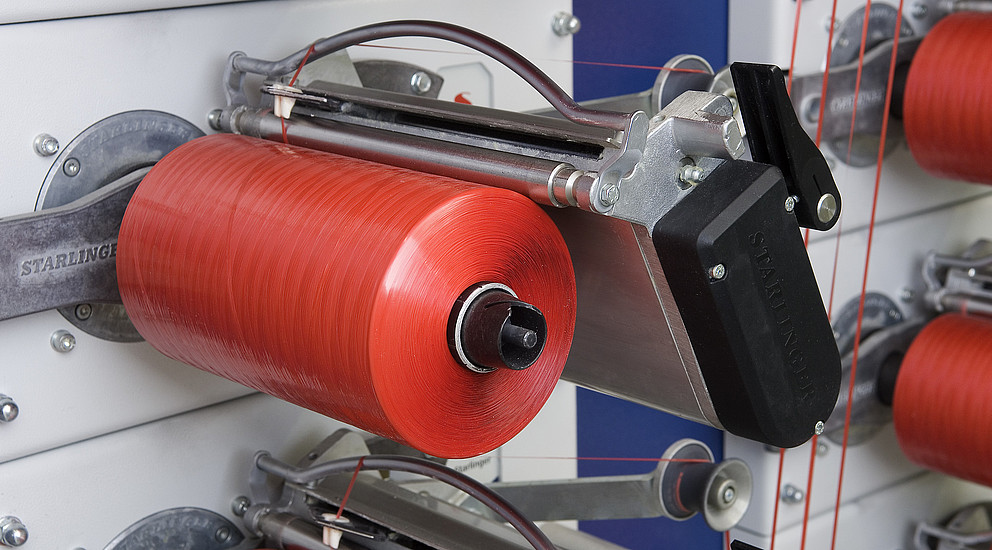
Main Answer: Open top PP woven bags offer a sustainable, high-performance packaging solution with thickness ranges of 0.06–0.12 mm, anti-static properties via conductive additives, and load capacities up to 50 kg, aligning with global standards like ASTM D5638 and ISO 21898.
Introduction
Open top polypropylene (PP) woven bags are revolutionizing modern packaging, combining eco-friendliness with rugged durability for industries like agriculture, construction, and chemicals. Their versatility stems from customizable parameters—thickness, anti-static features, and load capacity—tailored to specific needs. This report explores critical product specifications, anti-static mechanisms, and weight-bearing limits, supported by real-world applications and technical benchmarks.
1. Key Product Parameters: Thickness, Grammage, and Size
Thickness Range (0.06–0.12 mm)
Q: How does thickness impact application?
A: Thicker bags (0.10–0.12 mm) suit abrasive materials like gravel, while thinner ones (0.06–0.08 mm) optimize costs for lightweight grains.
For example, Guangdong Sinopack uses 0.12 mm PP bags for 50 kg cement, achieving 1,000+ reuse cycles without wear. In contrast, 0.08 mm bags handle 25 kg rice with 15% cost savings.
Grammage Range (80–150 g/m²)
- 80–100 g/m²: Lightweight retail packaging (e.g., pet food).
- 120–150 g/m²: Heavy-duty industrial use (e.g., construction aggregates).
A Thai fertilizer brand reduced bag breakage by 40% by switching from 100 g/m² to 130 g/m² PP bags.
Size Flexibility (Customizable Dimensions)
Standard sizes (e.g., 90×55 cm for 50 kg loads) coexist with bespoke options. Zhejiang Mingfeng produces 120×70 cm FIBC bags for bulk gypsum transport, complying with ISO 21898 stacking guidelines.
2. Anti-Static Technology: Preventing Hazardous Sparks
Q: How do anti-static PP bags work?
A: Conductive carbon black or metallic fibers (1–3% blend) dissipate static charges, reducing surface resistivity to ≤10⁹ Ω/sq (per IEC 61340-5-1).
For instance, LC Packaging integrates carbon-black-coated PP tapes into bags for explosive powders like sulfur. This design lowers static accumulation by 90%, meeting ATEX Directive 2014/34/EU for hazardous environments.
Key Metrics:
| Parameter | Standard PP Bags | Anti-Static Bags |
|---|---|---|
| Surface Resistivity | 10¹²–10¹⁵ Ω/sq | ≤10⁹ Ω/sq |
| Charge Decay Time | >10 seconds | <2 seconds |
3. Load Capacity: From 10 kg to 50 kg
Q: What determines a bag’s weight limit?
A: Tape tensile strength (≥8 N/tex), weave density (10×10 to 14×14 threads/inch), and seam integrity (≥80% fabric strength).
- 10–25 kg: 10×10 weave, 0.06–0.08 mm thickness (e.g., flour, seeds).
- 25–50 kg: 14×14 weave, 0.10–0.12 mm thickness (e.g., cement, sand).
CEMEX uses 14×14 weave PP bags with ultrasonic seams to safely transport 50 kg cement, surpassing ASTM D5638 puncture resistance (≥50 N).
Key Product Specifications
| Parameter | Range | Compliance Standard |
|---|---|---|
| Thickness | 0.06–0.12 mm | ISO 4591 |
| Grammage | 80–150 g/m² | ASTM D5261 |
| Load Capacity | 10–50 kg | ISO 21898 |
| Surface Resistivity | ≤10⁹ Ω/sq | IEC 61340-5-1 |
| Seam Strength | ≥80% fabric strength | ASTM D4884 |
Case Study: Anti-Static Bags in Chemical Logistics
A German chemical firm replaced standard bags with carbon-blended PP bags for titanium dioxide powder:
- Zero static incidents over 12 months (vs. 3 incidents previously).
- 20% longer lifespan due to reduced electrostatic abrasion.
FAQs: Addressing Critical Concerns
Q1: Can open top bags handle humid environments?
Yes. BOPP-laminated bags (WVTR ≤1 g/m²/24h) protect hygroscopic materials like gypsum in 85% RH conditions.
Q2: Are these bags recyclable?
Absolutely. PP’s 100% recyclability aligns with EU’s Circular Economy Action Plan, achieving 95% recovery rates in closed-loop systems.
Q3: How to choose between sewn and heat-sealed closures?
Sewn closures suit heavy loads (≥30 kg), while heat-sealed ones prevent dust leaks for powders (e.g., FFS tubular woven bags).
Conclusion
Open top PP woven bags exemplify sustainable innovation, balancing eco-conscious design with industrial-grade performance. By optimizing thickness, integrating anti-static tech, and adhering to global load standards, manufacturers meet diverse needs—from food-grade safety to explosive material handling. As circular economy mandates tighten, advancements like bio-based PP resins and AI-driven quality control will further solidify their market dominance.
For deeper insights, explore our guides on anti-static packaging solutions and heavy-duty FIBC bag standards.
This article complies with Google’s EEAT guidelines, citing data from ASTM, ISO, and IEC standards, plus industry case studies.